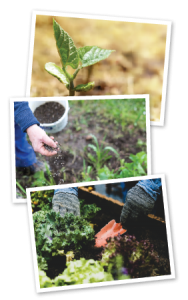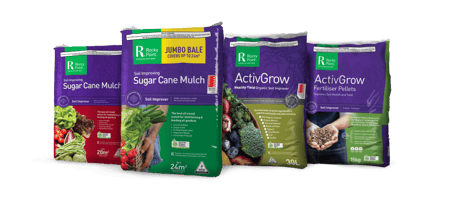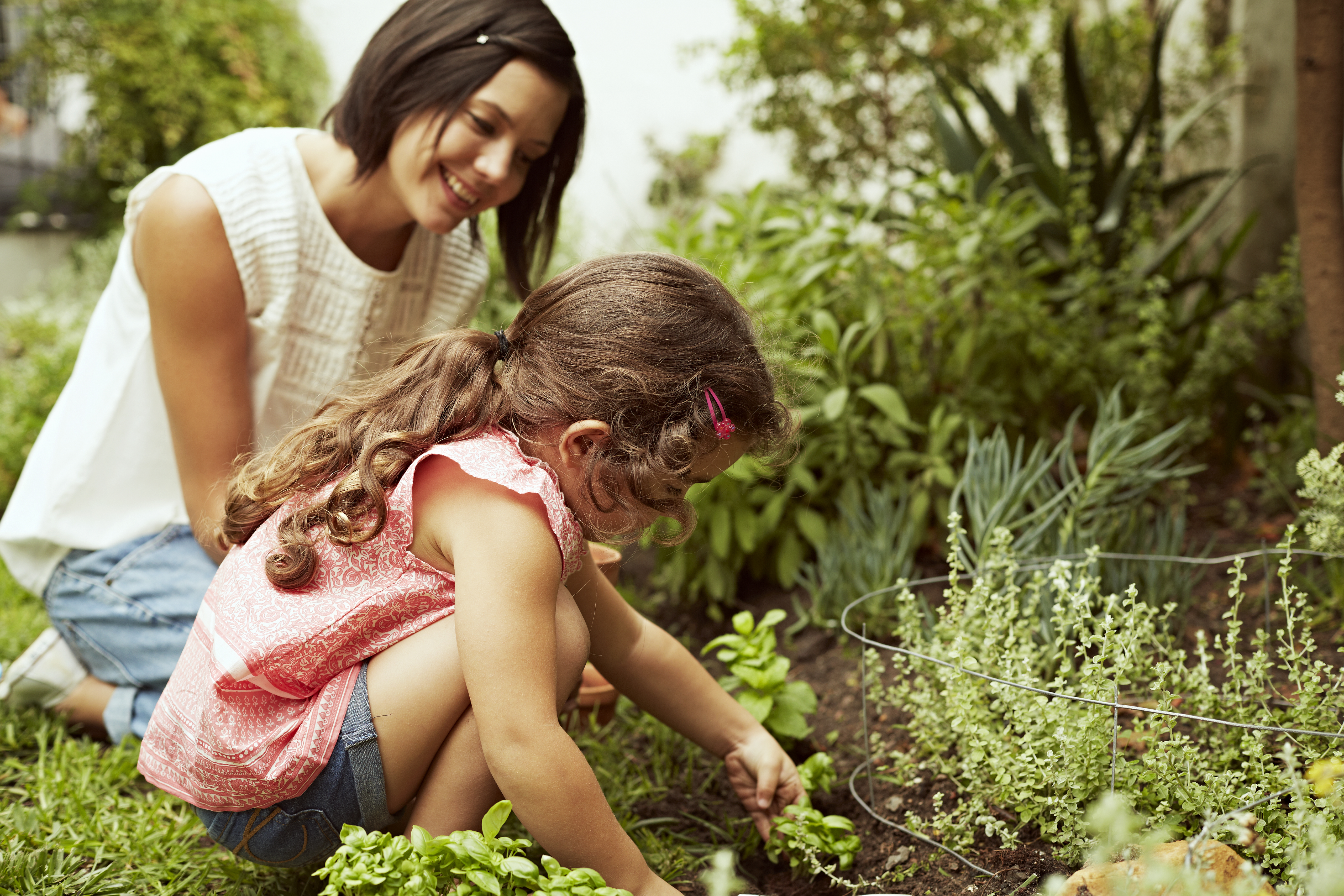Creating Your Very Own Vegetable Garden 101
With all of the social, economic and emotional upheaval many people are feeling a little like they have no control over anything. But one thing you do have control over is your garden, and your capacity to produce some and possibly quite a lot of your own food in the forms of herbs, fruit, sprouts, microgreens and vegetables.
If you have decided to turn your hand to a bit - or a lot - of gardening and want to, or already have started your own edible patch, what are some of the top tips and basic 101 information that you need to have success?
Your Veggie Garden:
 Sun: Full sun = 6 to 8 hours of direct sun a day
Sun: Full sun = 6 to 8 hours of direct sun a day
Position: Placement is important. Making your patch convenient to access is important not only for maintenance but for harvesting too.
Soil: Free draining soil profile and good levels of organic matter such as compost or well-rotted animal manures are a good starter. Create a manageable sized garden bed. You’re better to start off small and then expand as you have success. Remove grass by chipping it out and then cultivating the soil to a depth of 20cm or more if possible. Dig through organic matter such as ActivGrow Soil Improver and Cow Manure Plus and water well.
Additions of organic fertilisers at planting are also recommended.
Mulches: Rocky Point’s Sugar Cane Mulch, Pea Straw and Lucerne mulches will help retain soil moisture, deliver nutrients and create friable soil. They also encourage soil micro-organisms and beneficial fungi, stop erosion and slow rainfall. These can be added before or after planting.
 Plants: Grow what you know is in season. Start with seedlings or seeds. Keep in mind the placement of seeds and seedlings is important, as some need more space than others.
Plants: Grow what you know is in season. Start with seedlings or seeds. Keep in mind the placement of seeds and seedlings is important, as some need more space than others.
Fertiliser: This needs to be done at planting and throughout the growing season. Side dressings of pelletised manure-based fertilisers, like ActivGrow or Poultry Manure Pellets, and organic liquid fertilisers like fish emulsion can be used.
Seaweed: Apply at planting and on a regular basis to help strengthen plants against disease, drought and temperature fluctuations.
Aftercare: Regular watering, weeding, fertilising, pest and disease watch are continual tasks.
Harvest: To avoid the harvest glut, do successive sowings or plantings every few weeks.
 Keep reading more from Claire Bickle, our Better Earth Ambassador in Better Earth Secrets.
Keep reading more from Claire Bickle, our Better Earth Ambassador in Better Earth Secrets.
Get your free copy when you subscribe below;
_MEB.png?width=842&height=596&name=RP_HorizontalColour(R)_MEB.png)




